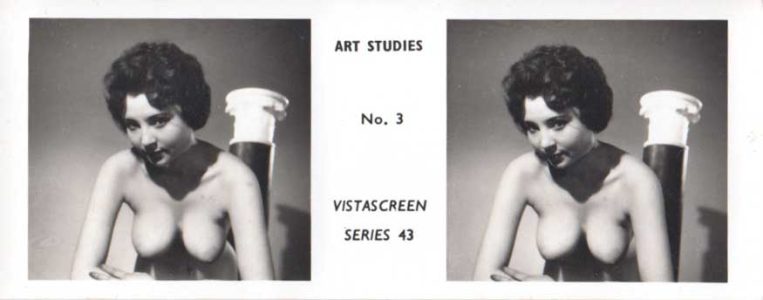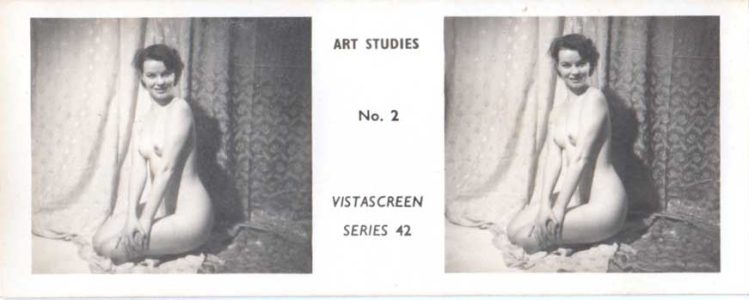Description
Alfred Watkins, born in Hereford, invented the Bee Meter, which was patented in April 1890. This was the first light meter to measure the relative intensity of light through Watkins’ invention of the actinometer, and it allowed a numerical value to be assigned to light. The Bee Meter was a pocket calculator for determining exposure because it was small and highly efficient. It was manufactured in Friars Street, Hereford, in a building known as The Meter Works.

Its success was demonstrated when H G Ponting, the photographer on Scott’s Antarctic Expedition in 1910, used a Watkins Meter to produce his amazing landscapes of this unknown continent. He told Watkins that without the meter, the photographs would have been impossible. Sales grew, and the meters were exported worldwide. An order was received from China for which the half-crown was eventually accepted. Watkins’ son records this as one of his father’s most treasured experiences.
https://www.bbc.co.uk/ahistoryoftheworld/objects/J7gYX-1oR_-6ret4S32tVA
The Watkins Meter Company was a maker of photographic light meters in Hereford, England. It was founded after Alfred Watkins received a patent on his light meter in 1890. The Standard Meter was first made by R. Field & Co. of Birmingham; the Watkins company took over production in about 1900. The meter exposes a small area of a strip of light-sensitive paper, which darkens on exposure. The time for the sensitive paper to darken to match the tint of the surround of the slit is the third input parameter to calculate appropriate exposure time for a given f-stop and plate speed, with the help of the instrument’s calculation scales. The later Watkins Bee Meter is smaller and shaped like a pocket watch, but its principle is the same. It exposes a small area of a disc of sensitive paper in a slit. Several unique versions of the Bee meter were produced, including the deluxe Queen Bee, Studio and Indoor models scaled for lower light, a Focal Plane model scaled for fast hand-held shutter speeds, models for Autochrome plates and other colour media, for cinematography, and meters incorporating a compass or a Swiss stopwatch in the case. These models differ mainly in the scales and the fixed tint to which the sensitive paper is compared. The simplest model, the Snipe, is for cameras without variable shutter speed and determines if there is sufficient light to take a photograph.
The Wynne’s Infallible meters are very similar in both style and principle to the Bee meters. Watkins continued producing meters into the mid-1930s.
Watkins also sold some timers and other darkroom items.











